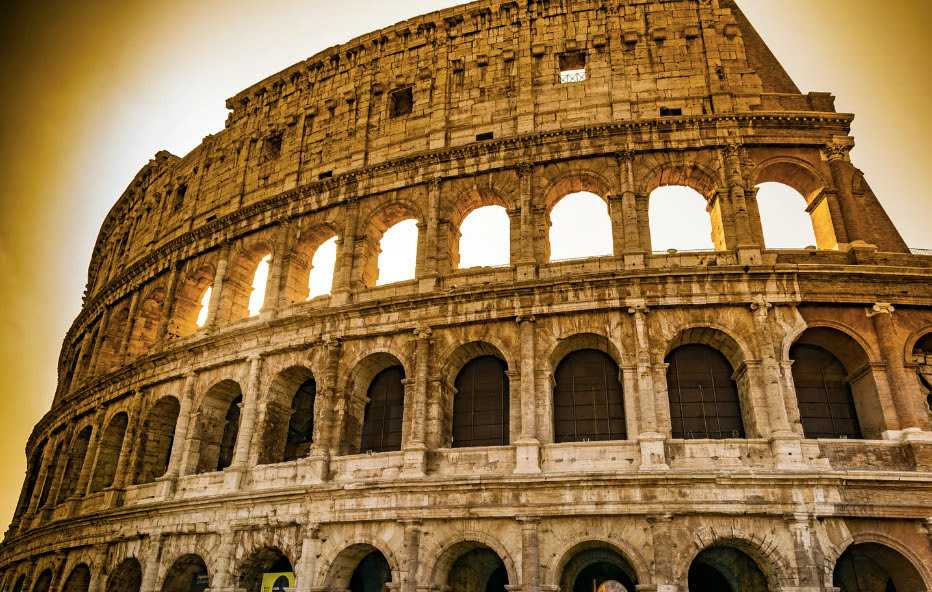How ancient Roman concrete could impact tomorrow’s climate

Image: New Atlas
Nowadays, all roads may not lead to Rome. But they could soon all be built using newly discovered techniques that first appeared in the ancient city.
Researchers are aiming to unravel the secrets of ancient Roman concrete – which has consistently survived for millennia in harsh environments – and integrate them into the modern version, in a bid to improve its climate impact and durability.
Background: Modern concrete, developed in England in the 19th century, is the second-most-used substance in the world behind water, and the world’s most popular building material by far, with its ton-for-ton usage coming in 2x higher than steel, wood, plastics, and aluminum combined.
- The material is cheap, strong, and standardized – but also much less resilient than the Roman concrete of old.
- Over the course of decades, modern concrete typically develops cracks that can eventually destroy the material by letting in water.
But with the Roman version of concrete, cracks and water make the material stronger. That’s due to visible white chunks within the limestone, called “clasts,” which scientists previously believed were unintentional products of poor craftsmanship.
However, according to research by MIT chemist Dr. Admir Masic and others, the ancient Romans intentionally built the clasts (made of calcium) into their concrete to help seal any cracks and make the concrete self-healing.
How it works:
- As cracks form, water seeps in and dissolves the calcium clasts in the lime, which then form into solid calcium carbonate – essentially creating new rock that fills in the old cracks.
- In field tests involving modern analogues of ancient Roman concrete, researchers found that creating cracks in the material and submerging it in water for nearly a year actually causes the structure to become 2x-3x stronger.
💥 The potential impact: Scientists investigating ancient Roman practices are aiming to reduce the carbon footprint of the concrete industry, which is responsible for ~8% of global CO2 emissions. Researchers say adding self-healing properties to modern concrete would reduce overall demand and bring down emissions.
Share this!
Recent Science & Emerging Tech stories

Science & Emerging Tech
| October 16, 2024Life-expectancy growth is slowing
🧬 Take notice, all vampires looking for a romantic relationship – human life expectancy will increase much slower in this century than the last, according to gerontologist Dr. S. Jay Olshansky.
Science & Emerging Tech
| October 15, 2024SpaceX knows how to use chopsticks
🥢🚀 SpaceX successfully caught a rocket shortly after launch with a set of mechanical arms, in a first-ever feat aimed at making its Starship craft fully and rapidly reusable.

Science & Emerging Tech
| October 10, 2024The robot helping sick children attend school
🤖🏫 European communities are increasingly employing the services of AV1, a high-tech robot developed to help students with high absence rates keep up with their studies.
You've made it this far...
Let's make our relationship official, no 💍 or elaborate proposal required. Learn and stay entertained, for free.👇
All of our news is 100% free and you can unsubscribe anytime; the quiz takes ~10 seconds to complete